Growing peppers in your garden can be a rewarding experience. With the right care and attention, they can thrive and provide bountiful harvests.
Here are 10 essential tips to help you nurture your pepper plants and enjoy vibrant, healthy crops in your own backyard.
1. Select the Right Variety
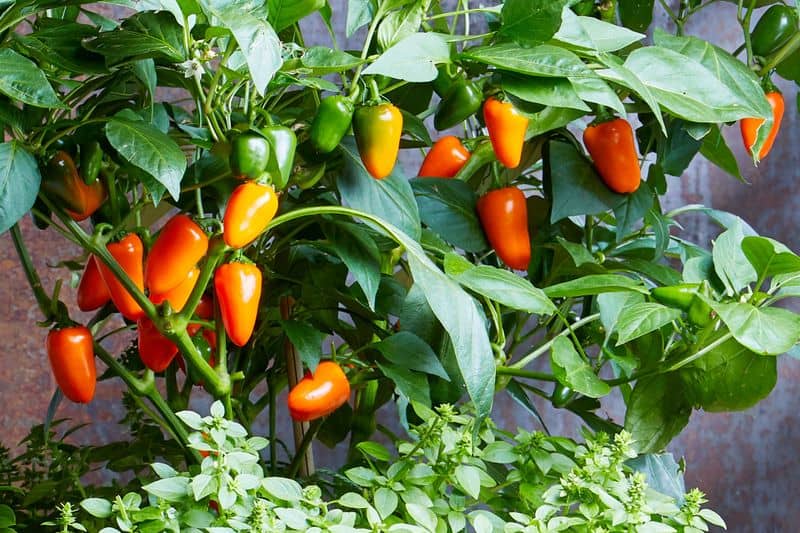
To start, choose a pepper variety that suits your climate and taste preferences. Whether it’s sweet bell peppers or spicy jalapeños, selecting the right type is crucial.
Consider the space, sunlight, and temperature of your garden to ensure successful growth.
2. Find the Perfect Location
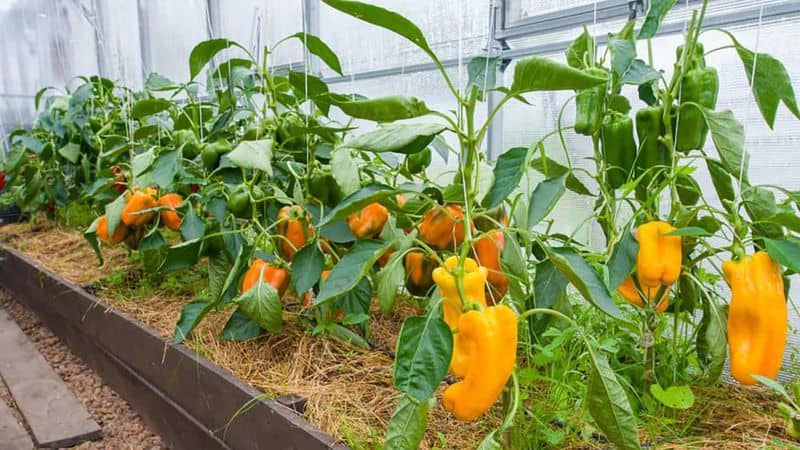
Peppers need plenty of sunlight, ideally 6-8 hours a day. Find a spot in your garden that gets full sun exposure.
Proper sunlight ensures they develop the rich colors and flavors that make peppers a favorite in many cuisines.
3. Prepare the Soil

Peppers thrive in well-draining, nutrient-rich soil. Before planting, enrich your garden bed with compost or organic matter.
This not only improves soil fertility but also enhances its texture, promoting root growth and moisture retention.
4. Water Wisely
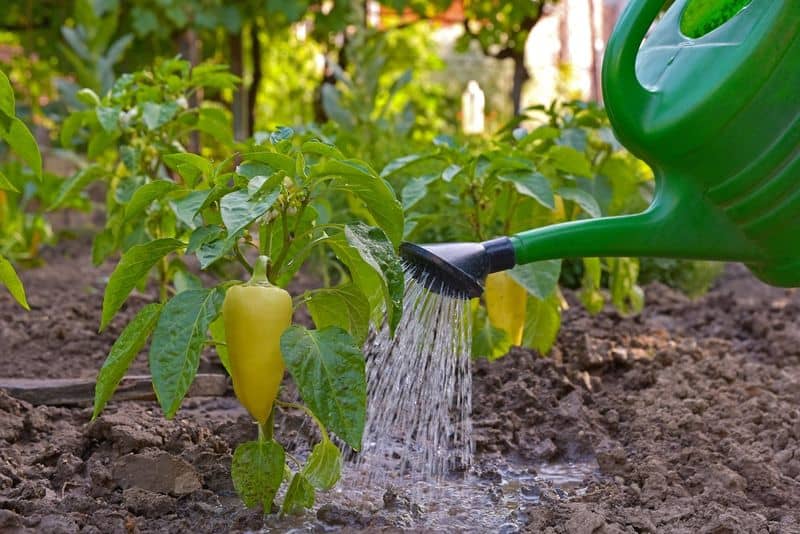
Consistent watering is key for healthy peppers. Water deeply but infrequently, ensuring the soil remains moist but not soggy.
Overwatering can lead to root rot, while underwatering might cause stunted growth. Regularly check soil moisture levels to keep your plants thriving.
5. Prune Regularly
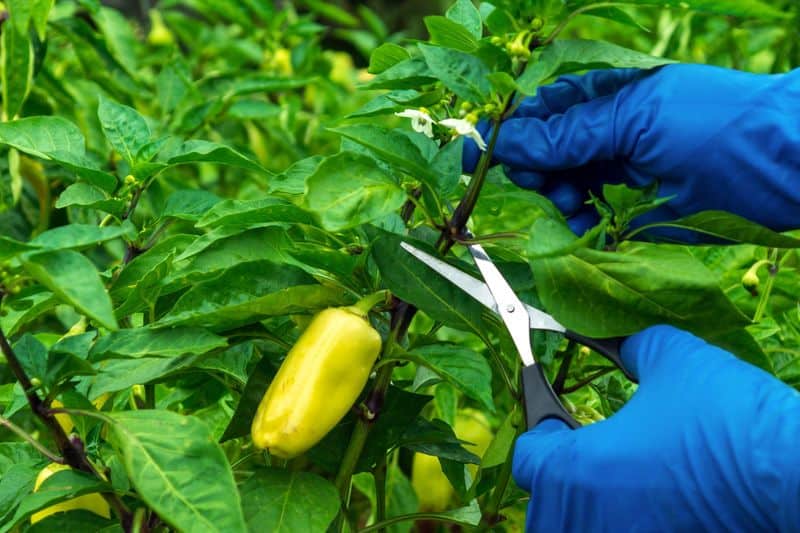
Regular pruning encourages bushier growth and improved yield. Remove any dead or crowded branches to allow better air circulation and sunlight penetration.
This practice not only boosts pepper production but also keeps diseases at bay.
6. Feed with Fertilizer
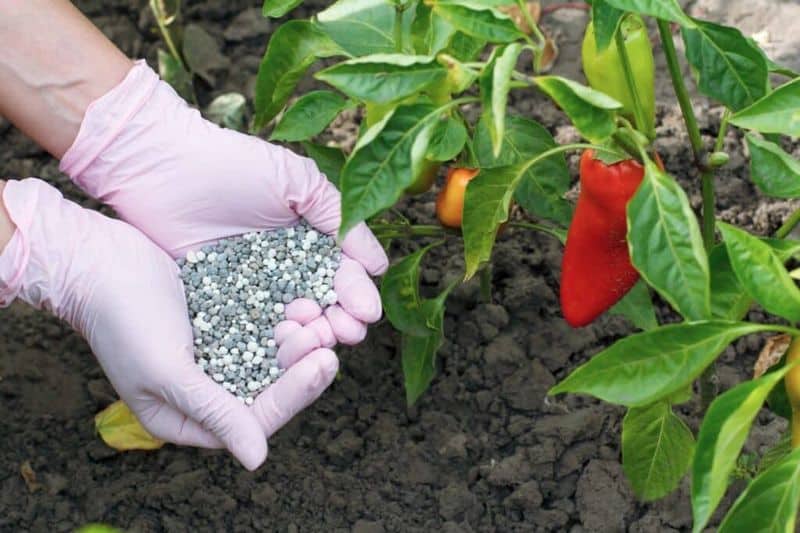
Fertilizing your pepper plants aids in robust growth and prolific fruit production. Use a balanced, slow-release fertilizer or organic alternatives like fish emulsion.
This provides essential nutrients throughout the growing season, ensuring your plants remain vigorous and productive.
7. Protect from Pests
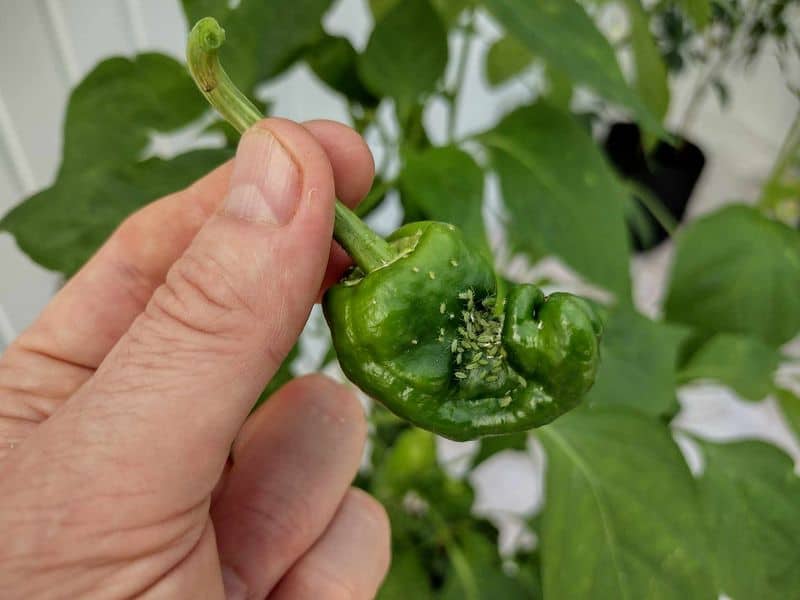
Pests like aphids and caterpillars can ravage pepper plants. Employ natural pest control methods, such as neem oil or introducing beneficial insects.
Regularly inspect your plants for signs of infestation to keep them healthy and flourishing.
8. Support with Staking
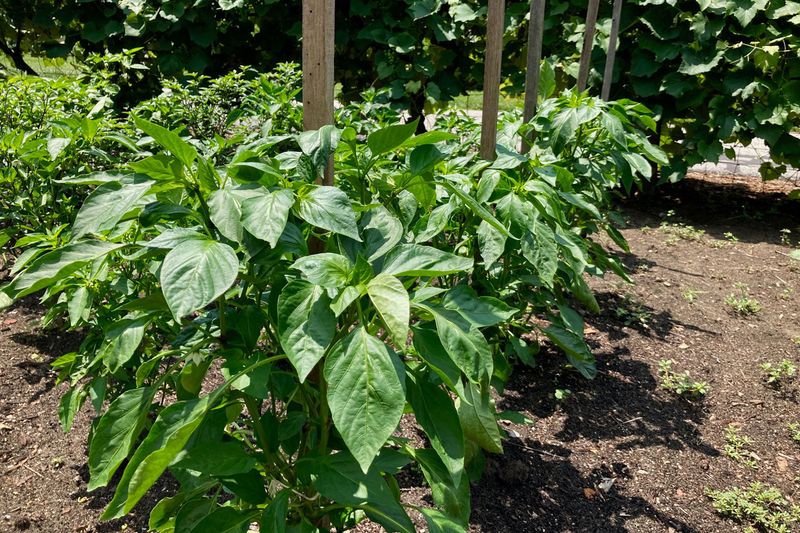
As peppers grow, they may require support to prevent bending or breaking. Use stakes or cages to prop up your plants.
This keeps them upright, especially during heavy fruiting, and helps them receive adequate sunlight and airflow.
9. Harvest at the Right Time

Harvesting peppers at the right time ensures you enjoy their peak flavor. Depending on the variety, peppers can be picked when they’re green or fully ripened.
Regular harvesting also encourages more fruit production, providing a continuous supply of fresh peppers.
10. Rotate Your Crops
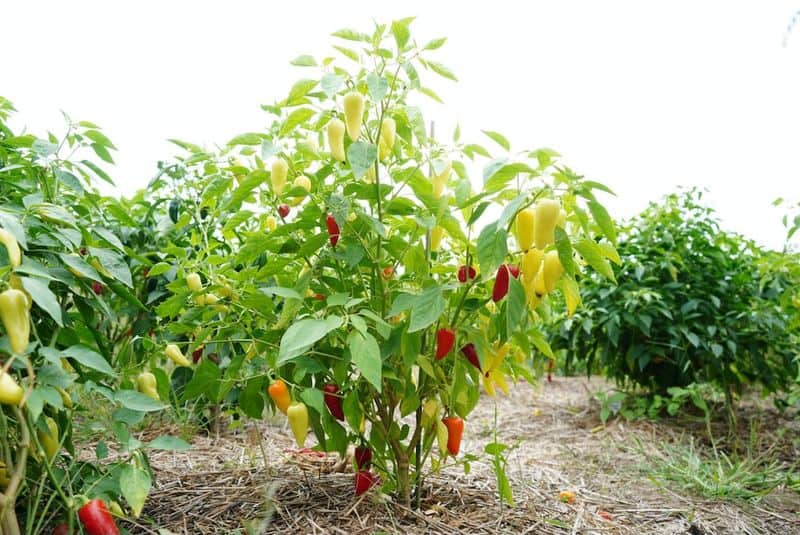
Practice crop rotation to prevent soil depletion and pest buildup. Avoid planting peppers in the same spot every year.
Rotating crops with legumes or leafy greens can rejuvenate the soil and reduce the risk of diseases affecting your pepper plants.

